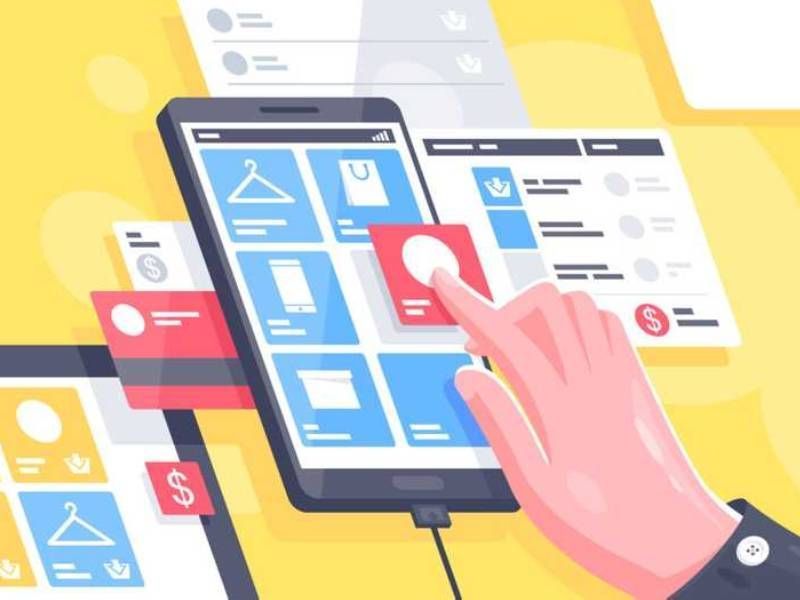
Jul 16, 2020
. UI UXs .
3 min read
User Experience Mistakes to Avoid For Product Design
UX is experience gathered by the user while using all the parts of any product or service. Its dual purposes are to create ease of access towards goals and make the user experience pleasant and smooth.
UX is experience gathered by the user while using all the parts of any product or service. Its dual purposes are to create ease of access towards goals and make the user experience pleasant and smooth.
UX is not just UI (User Interface) or visual design. UX is based on user interaction with UI, demanding a lot of research and testing. While crafting, UX designers need to consider user expectations and desires to satisfy them.
Below we discuss some common mistakes in designing UX and how to avoid
them.
Never Plan UX at the Beginning Level:
UX design requires profound research about user behaviour,
websites and applications must be tailored to the end users. UX design is a continuous process that takes into
account user preferences and adjusts the product likewise. Therefore, it is better not to be presumptuous at the
very beginning, rather survey end-users or run tests, in order to understand end-user requirements.
Never Fail to Meet User Expectations:
User disconnect occurs when user expectations based on
product descriptions are not met, and they discontinue using the product, which failed to create an impression on
them. UX has to be personalized for the services to keep their existence in today's competitive market. Product
description should have 3 to 5 user-friendly benefits, and users should require a small number of steps to achieve
them.
Design for the user, not yourself:
Audience demands should come first and foremost as designers
should learn to keep personal preferences separate from user preferences.
Do not follow your competition too much:
Since UX can be diverse and different, what worked for the
competitors, simply imitating may not give you same results, as same products already exists in the target market.
What you need is uniqueness, value delivery and innovation that takes into account previously unaddressed needs of
the users.
Do not overwhelm your users with information overload:
Content adds value for users while guiding
them through the app or website, but the presence of most of it right on the landing screen or page, runs the risk
of overwhelming the users, through a super-saturation effect.
Supersaturation happens with
information overload in little time, which adjusts the audience's gaze to the sensory overload, stopping them from
absorbing relevant information. Therefore there should only be enough information to reach user
goals.
Don't make the UI design too complex:
According to Kate Rutter, If the
UI design is too complex, it can destroy UX by being too confusing. Rather is better to keep
things usable and importantly, aesthetics comes later. Use the patterns and trends in a way that balances pretty
with delivering value. In designing UX comes first, UI should follow after, with a minimal setup necessary to
achieve the UX.
Don't Confuse UX with UI:
According to Norman and Nielsen of the Norman and Nielsen group, UX and
UI are often mistakenly used interchangeably but should be properly distinguished, even they are inextricably
interdependent. An app must put stress on user expectations and not just the interface which deals with visual
aesthetics and how to reach the goal set out by the UX. Therefore the design must stress both in a balanced manner.
Don't collect feedback too soon:
While measuring user satisfaction, the product feedback request
emails should be sent out after giving the user ample time for checking the product out, at least an of couple days.
It is better not to disturb the users while they are interacting with the product or services, or website, otherwise
you run the risk of frustrating them. Allow the users to achieve the full experience prior to asking for their
opinion.
Final Consideration
Good UX connects the conceptual model seamlessly with the mental
model of any product or service, where the first is the designer's idea and the letter is the user's idea. The
latter should take precedence for a product for it to be both customer-oriented and satisfactory.
Categories
UX Design Process
UX Tools
Consumer Experience
UI UXs